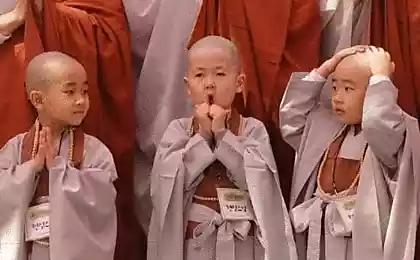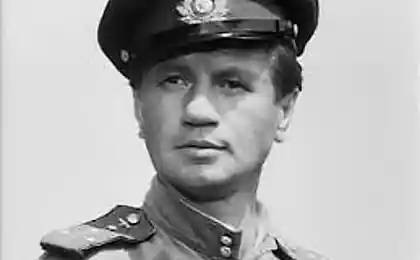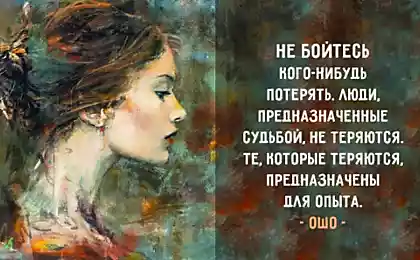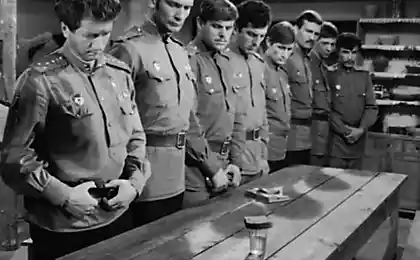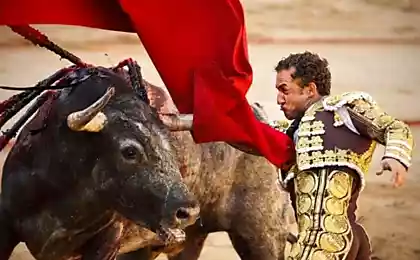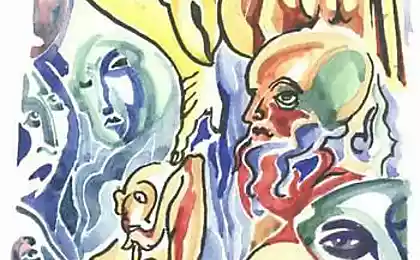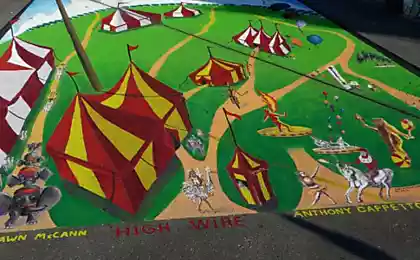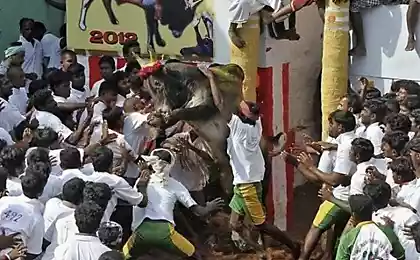287
Ten Zen bulls. Osho, "Beyond Enlightenment." Collection of drawings by various artists
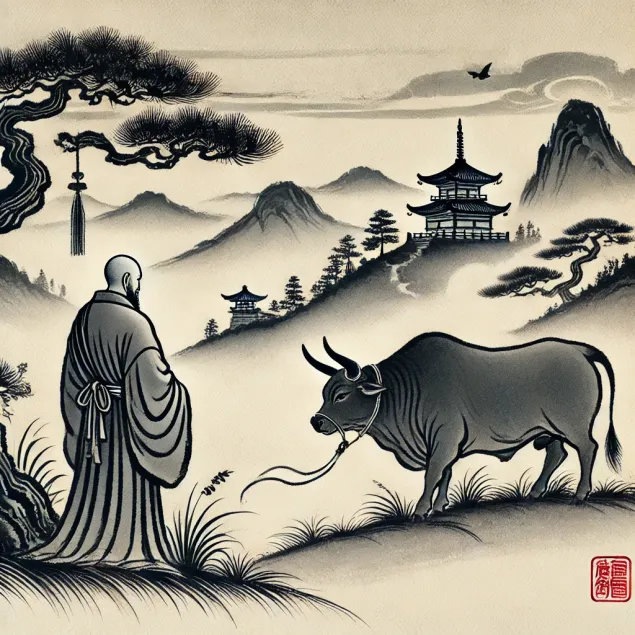
In Japan, there is a remarkable series of drawings called “Ten Zen Bulls.” This series of drawings displays the entire search history.
1. Looking for a bull / Bull Search (aimless search, only the sound of cicadas).
In the first picture, the man looks around... his bull is missing. You see the forest around you, you see the old trees, and the bewildered person is standing there looking around, he doesn't see the bull.
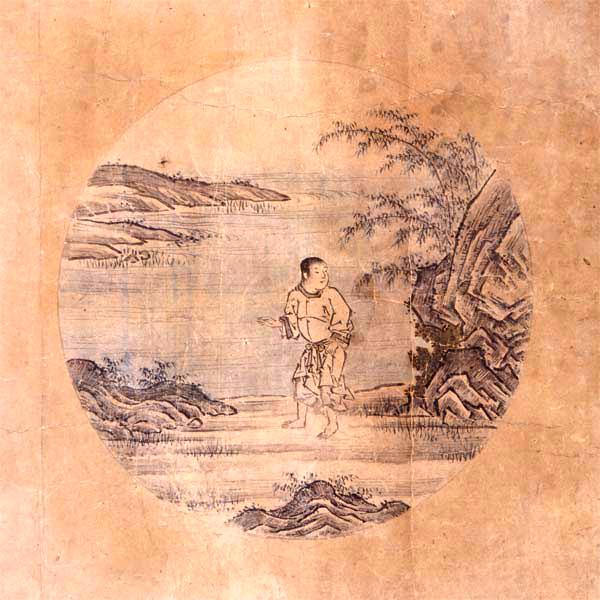
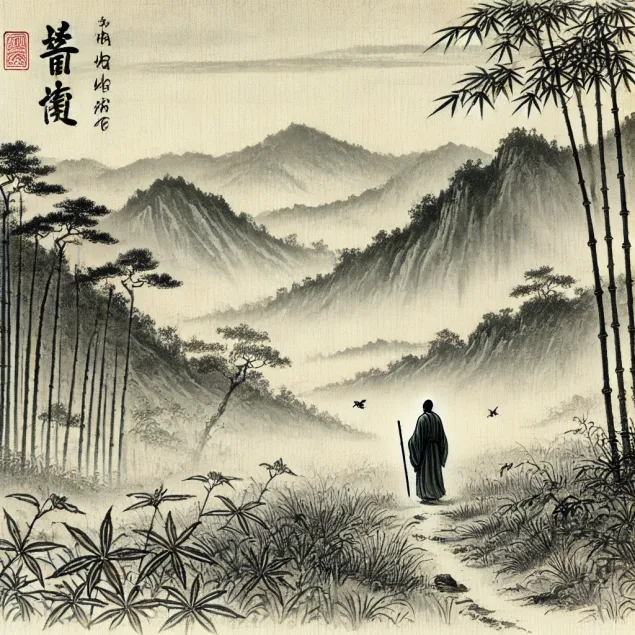
2. Attacked on the trail / Detection of traces (path of the route).
In the second picture, the man looks more cheerful, he saw the footprints of a bull. The drawing is the same, the same forest. But in this drawing the man has already discovered something: he has seen the footprints of the bull; now he knows where the bull has gone.
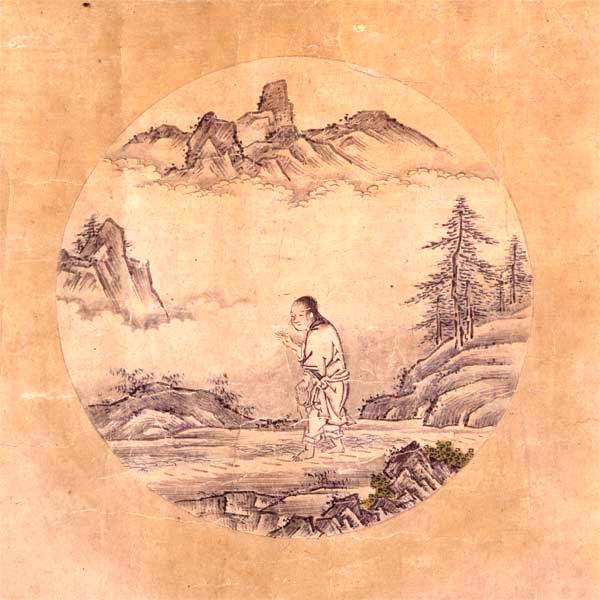
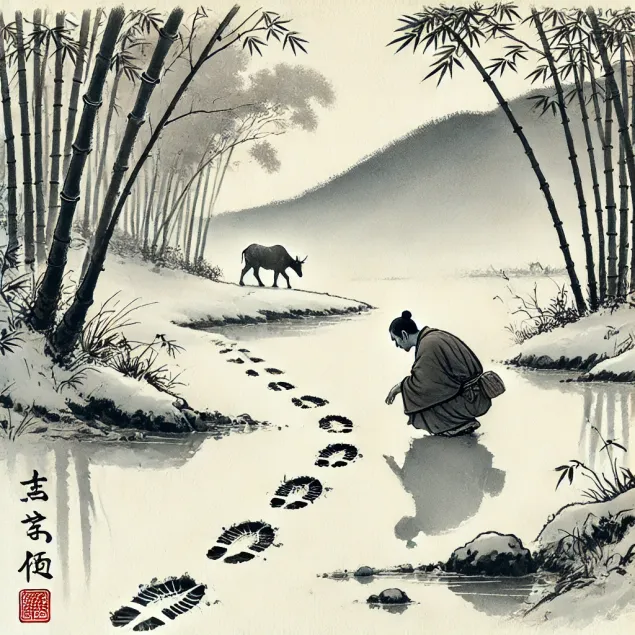
3. I feel the bull (but only the rear, not the head).
In the third figure, the person follows the trail and sees the back of the bull - the bull stands behind the tree, and the person approaches it from behind, so the figure shows only the back of the bull.
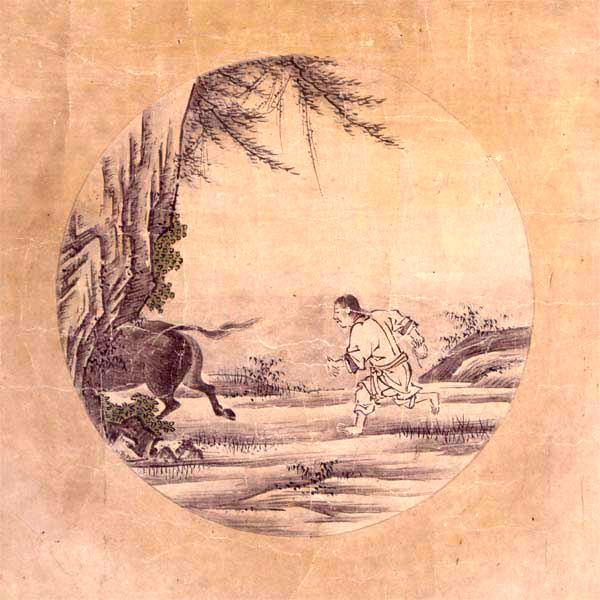
4. I catch a bull/Catch a bull (great fight, the bull runs away repeatedly, discipline is required).
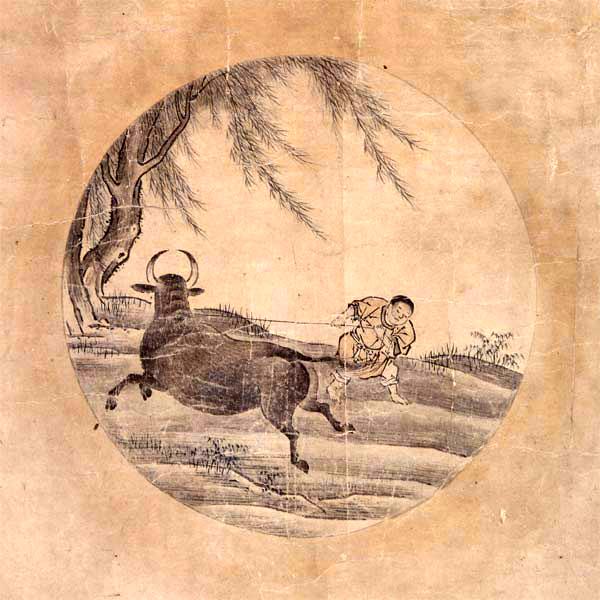
5. Humiliating the bull/subjugation of the bull (less mistakes, less discipline, the bull becomes meek and obedient).
In the fifth figure, a man grabs a bull by the horns.
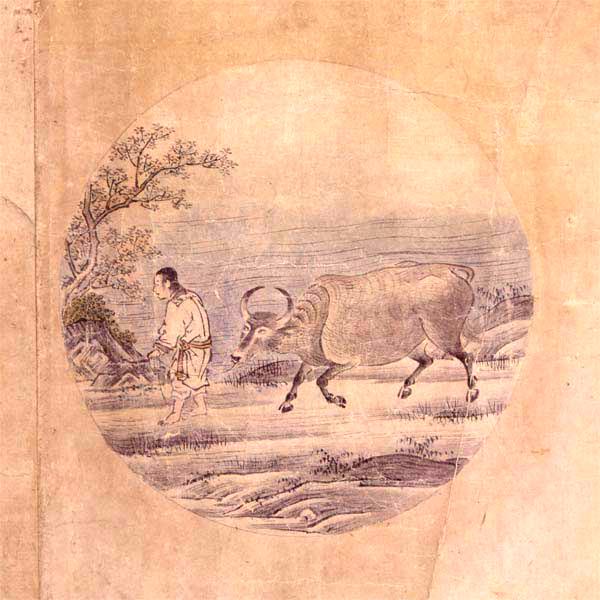
6. Eating on a bull / Coming home on horseback (great joy).
In the sixth figure, a man is riding a bull. It's hard, the bull is trying to throw it off.
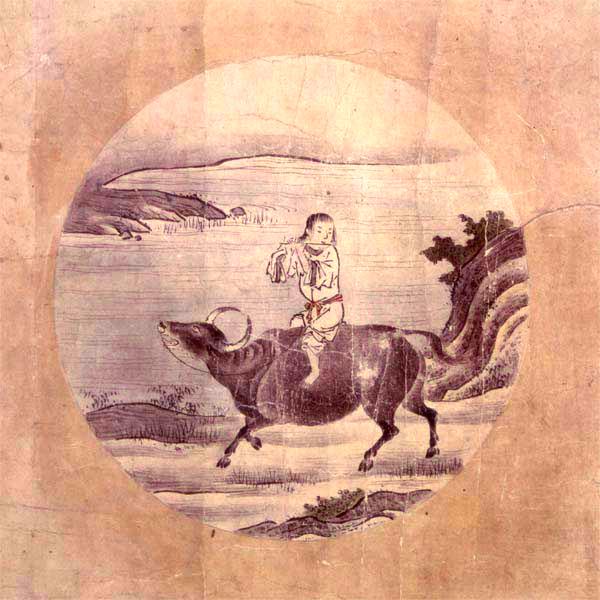
7. The bull is outdone/The bull is left behind (home, the bull is forgotten, the whip of discipline is postponed; serenity).
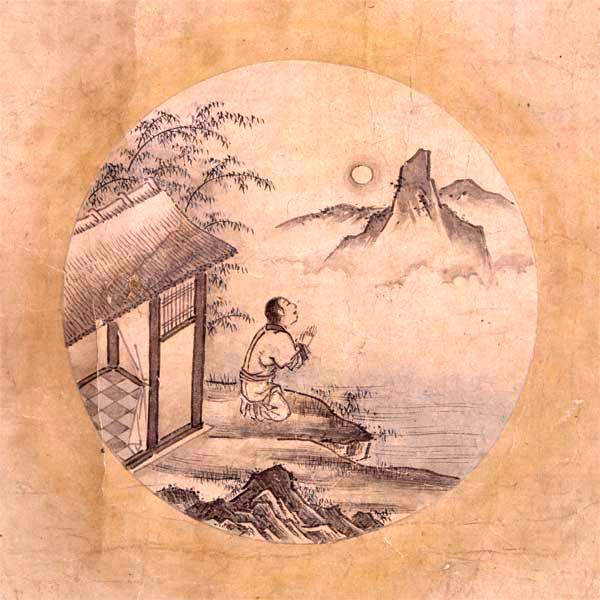
8. Both the bull and the self/and the bull are surpassed, and I am left behind (the mind is free from all limitations).
And already in the eighth figure, the man returns home, the bull is humbled.
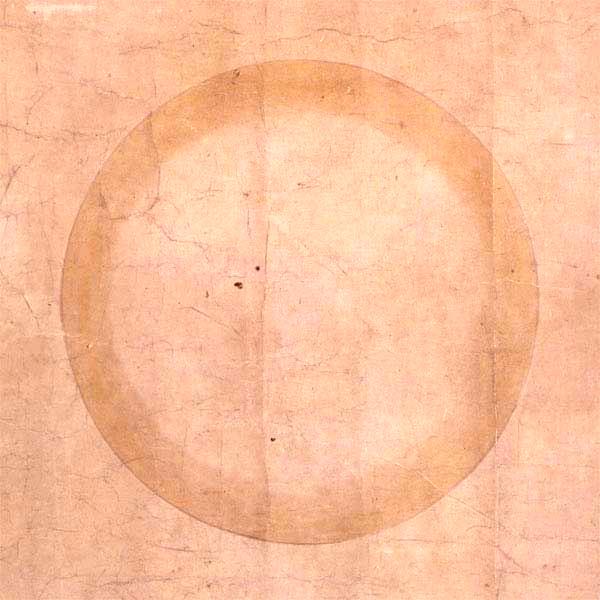
9. Reaching the source/reaching the source (natural, obvious).
In the ninth figure, the bull is placed in the stall, and the person plays the flute.
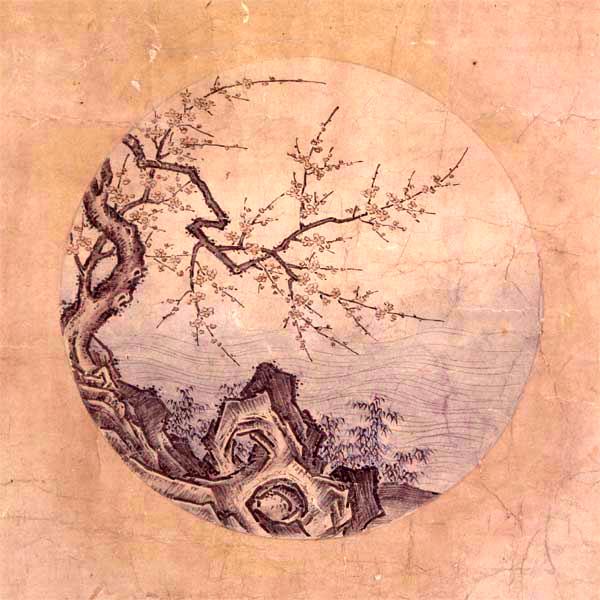
10. He returned to the world with gifts (spreading enlightenment among people).
In the tenth picture, the bull is not visible at all. We see a man in the market square with a bottle of wine, drunk.
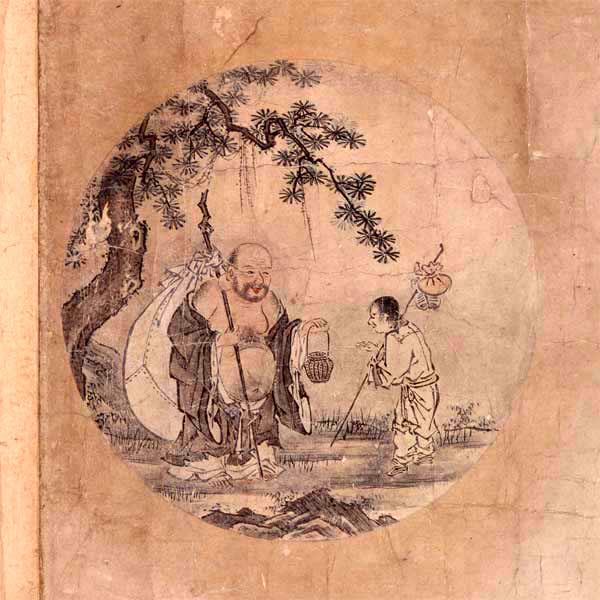
The Buddhists were very confused by this tenth drawing. It seems completely non-Buddhist - there is no connection, nine drawings are enough, there is no need for a tenth.
Therefore, in the Middle Ages, Buddhists rejected the tenth drawing, they began to talk about nine drawings. Only recently in ancient manuscripts was found again the tenth drawing with its description - as each drawing has its own description. The lost bull is your soul; the bull symbolizes your soul, your energy, your spirit. When a bull is found, you become a realized soul. You play a flute song, that is the stage where you go beyond enlightenment; you become ordinary again. Now there is no gap between this world and that, now there is no gap between good and evil. Now all the opposites are united into one harmony; that is what a bottle of wine means, a bottle of wine in the hands of a Buddha.
But for me, I see a natural growth from ninth to tenth, from enlightenment beyond enlightenment.
Enlightenment makes you special. This means that something of the ego is still preserved in a very subtle form. Others are ignorant, you are knowledgeable; others are going to hell and you are guaranteed paradise. These are the last remnants of a dying ego. And when this ego dies, the Buddha becomes an ordinary human being, completely unaware that he is holier than others, that he is superior to others, that he is something special - he is so ordinary that even a bottle of wine is acceptable. All life is acceptable: days and nights, flowers and thorns, saints and sinners are all acceptable, without distinction. In fact, this ordinaryity is the greatest flowering of human reality.
To go beyond enlightenment is to become an ordinary person. Forget all about enlightenment and great spiritual aspirations and just live happily, playfully. This habit is the most extraordinary phenomenon in the world.
But you cannot recognize such a person. Before Gautama Buddhahood, recognition is still possible, but as soon as a person goes beyond Gautama Buddhahood, they slip out of your hands.
Those who recognize him as an enlightened being may still be aware of who he is, but those who encounter him for the first time will never be able to recognize him because he will simply be a very innocent, ordinary human being - like a child picking shells on the seashore, chasing butterflies, picking flowers. No separation of body and soul, no separation of matter and spirit, no separation of this life and that – all this is forgotten, man is completely relaxed.
What 5 Businesses Will Survive in Any Crisis? Keep it.
9 Signs You Don’t See the Meaning of What You’re Doing

